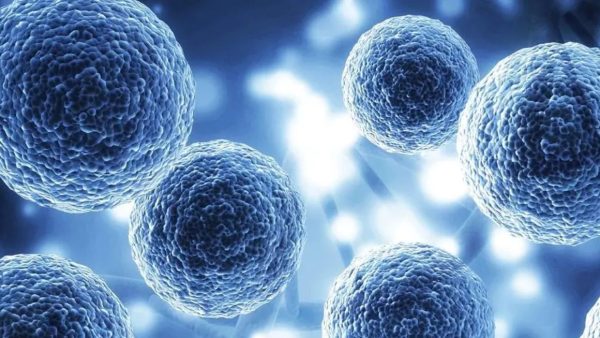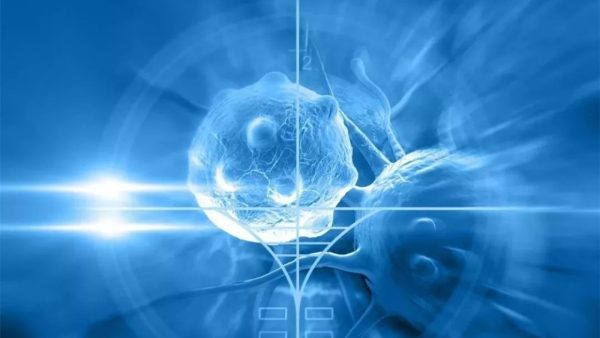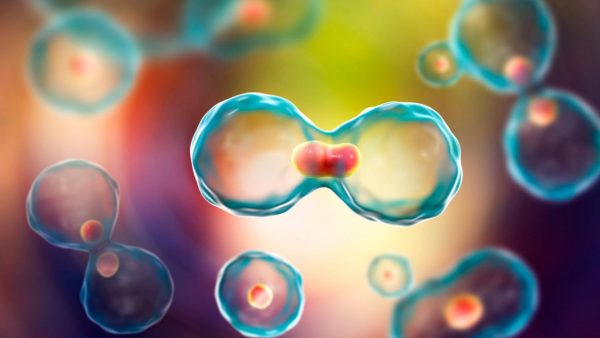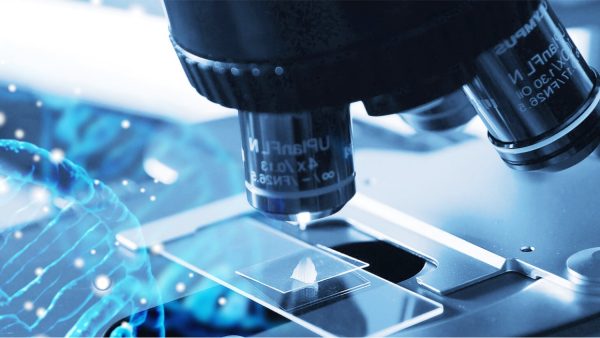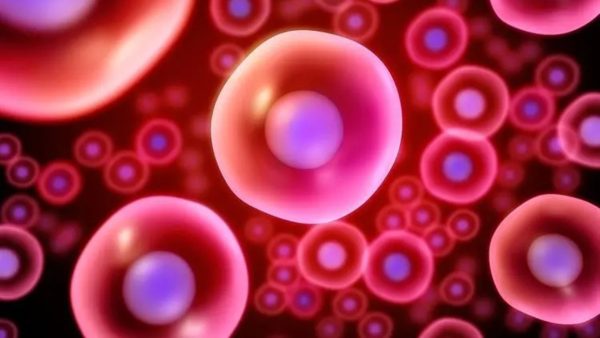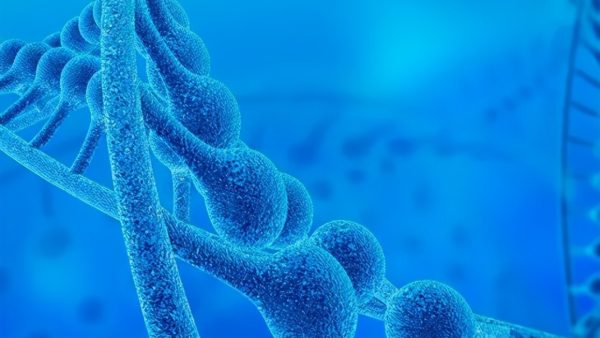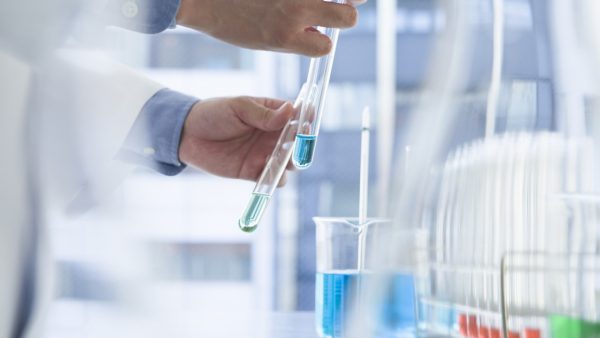Phosphatidic Acid (PA) has aroused people’s interests due to its role in diverse key biological functions, including its being an intermediate in the synthesis of all membrane glycerophospholipids, a participant of membrane biogenesis, a necessary signaling molecule in cell proliferation and cytoskeletal rearrangement, as well as a participant in endocrine, neuroendocrine exocytosis and synaptic neurotransmission. Mammals can have more than […]
The Effect of PZLY on Hierarchy and Mechanics in Peptide-Polymer Hybirds
By combining the hierarchy of biological species with synthetic concepts, peptide-polymer hybrids can control the molecular design and material properties. By further incorporating covalent cross links, the molecular complexity is enhanced so that both a physical and covalent network is allowed. Through the process, both the structure and function of polyethylene glycol (PEG)-network hybrids are regulated by […]
The Application of RGD@Micelles on Gastric Cancer Therapy
The polymer-drug conjugate with controlled drug release, such as arginine-glycine-aspartic acid (RGD)-decorated polyethylene glycol (PEG)-paclitaxel (PTX) conjugates containing disulfide linkage, can be used for gastric cancer therapy. The amphiphilic PEG-PTX conjugates can assemble into micelles, RGD@Micelles, and then decompose under the reduction of glutathione (GSH) and finally release PTX in weakly acidic conditions in intracellular environment. The […]
The Synthesis of Poly(2-ethyl-2-oxazoline) (PEOz)
Definition PEOz (Poly(2-ethyl-2-oxazoline)) is a hydrophilic long-chain polymer synthesized by living cationic ring-opening isomerization polymerization of 2-ethyl-2-oxazoline with the characteristics of low toxicity, biocompatibility, flexible chain and easy to modify. As a potential PEG substitute, it has similar hydrophilic and compliant properties to PEG. The synthesis of PEOz is simple and controllable, and its structure is easy to functionalized without hindering […]
Fluorescent Labeling Nanomedicine – A Promising System Used for Human Therapuetics
Nanomedicine is one of the most popular topics in disease diagnostics, prevention and treatment. Lipids, such as liposomes and solid lipid nanoparticles (SLNPs), are widely used in nanosystems, and these nanosystems are used for a variety of therapeutic fields, such as anticancer therapies, antimicrobials, treatment of central nervous system diseases and other conditions. By loading […]
The Introduction of Pd@Pt-PEG-Ce6: A Promising Platform for Enhanced Photodynamic Therapy
Photodynamic therapy (PDT) is able to kill cancer cells using reactive oxygen species, and it has a wide application in cancer treatment. However, its efficiency can be severely restricted by the hypoxic nature of most solid tumors and also can be reduced by the hydrophobicity and limited tumor selectivity of some photosensitizers. To overcome the limitations, the […]
Brief Introduction of PEGylation
Definition: PEGylation is a process of both covalent and non-covalent attachment or consolidation of polyethylene glycol (PEG) polymer chains to molecules and macrostructures, such as drugs, therapeutic proteins or vesicles. As a biocompatible and hydrophilic polymer, PEG can be covalently linked to a variety of molecules to improve their pharmacokinetics and therapeutic properties. PEGylation affects the resulting derivatives […]
Platinum(IV) Prodrug Conjugated Pd@Au Nanoplates (Pd@Au-PEG-Pt) for Cancer Therapy
The two-dimensional (2D) core-shell PEGylated Pd@Au nanoplates are promising in photothermal therapy and drug delivery systems due to their excellent near infrared (NIR) light absorption and efficient passive targeting to tumor tissue. By conjugating Pd@Au nanoplates with a platinum(IV) prodrug c,c,t-[Pt(NH3)2Cl2(O2CCH2CH2CO2H)2], the research team successfully acquired a nanocomposite (Pd@Au-PEG-Pt) for combined photothermal-chemotherapy. The prepared Pd@Au-PEG-Pt nanocomposite exhibited good stability […]
The Link Between Lipopolymers and Lipids from Lung Surfactants and N-acetyl-l-cysteine
Liposome formulations can be used as drug delivery agents due to their ability to reduce toxicity and enhance drug efficacy. UV irradiation of phospholipids produces photopolymerized lipids by cross-linking through a diacetylene group, ultimately resulting in lipopolymers with enhanced rigidity and stability. The polymerization efficiency can be increased by adding the lipids, such as DMPC to […]
Ultrasound-Switchable Nanozyme Augments Sonodynamic System on Bacterial Infection Therapy
Due to the noninvasiveness, site-confined irradiation and high tissue penetrating capability, Ultrasound (US)-driven sonodynamic therapy (SDT) has promising applications in eradicating bacterial infections in depth. Nevertheless, the ineffective accumulation of sonosensitizers at the infection site, the hypoxic microenvironment and the rapid depletion of oxygen during SDT largely impede the therapeutic efficacy of SDT. An US-switchable nanozyme system […]





